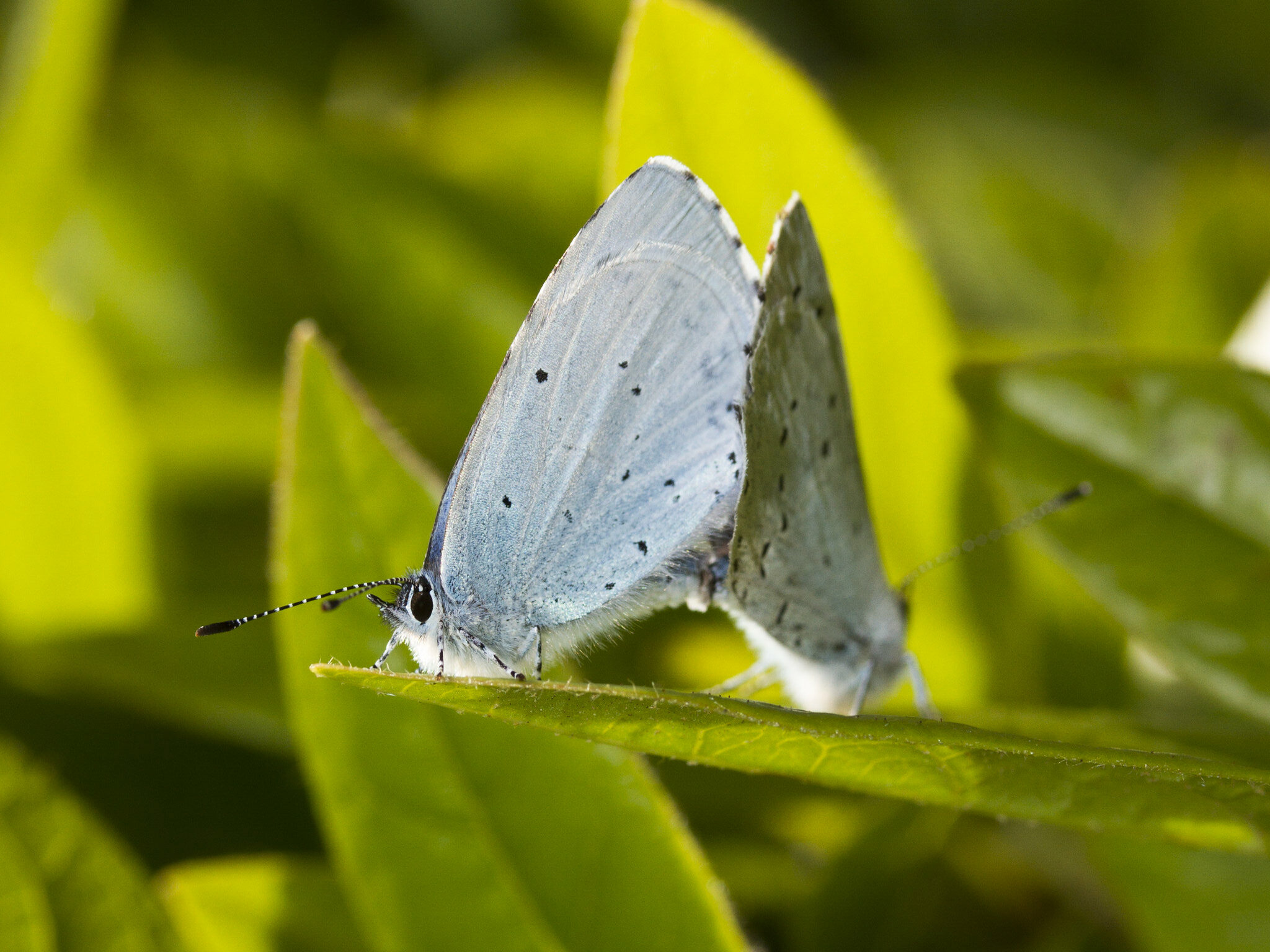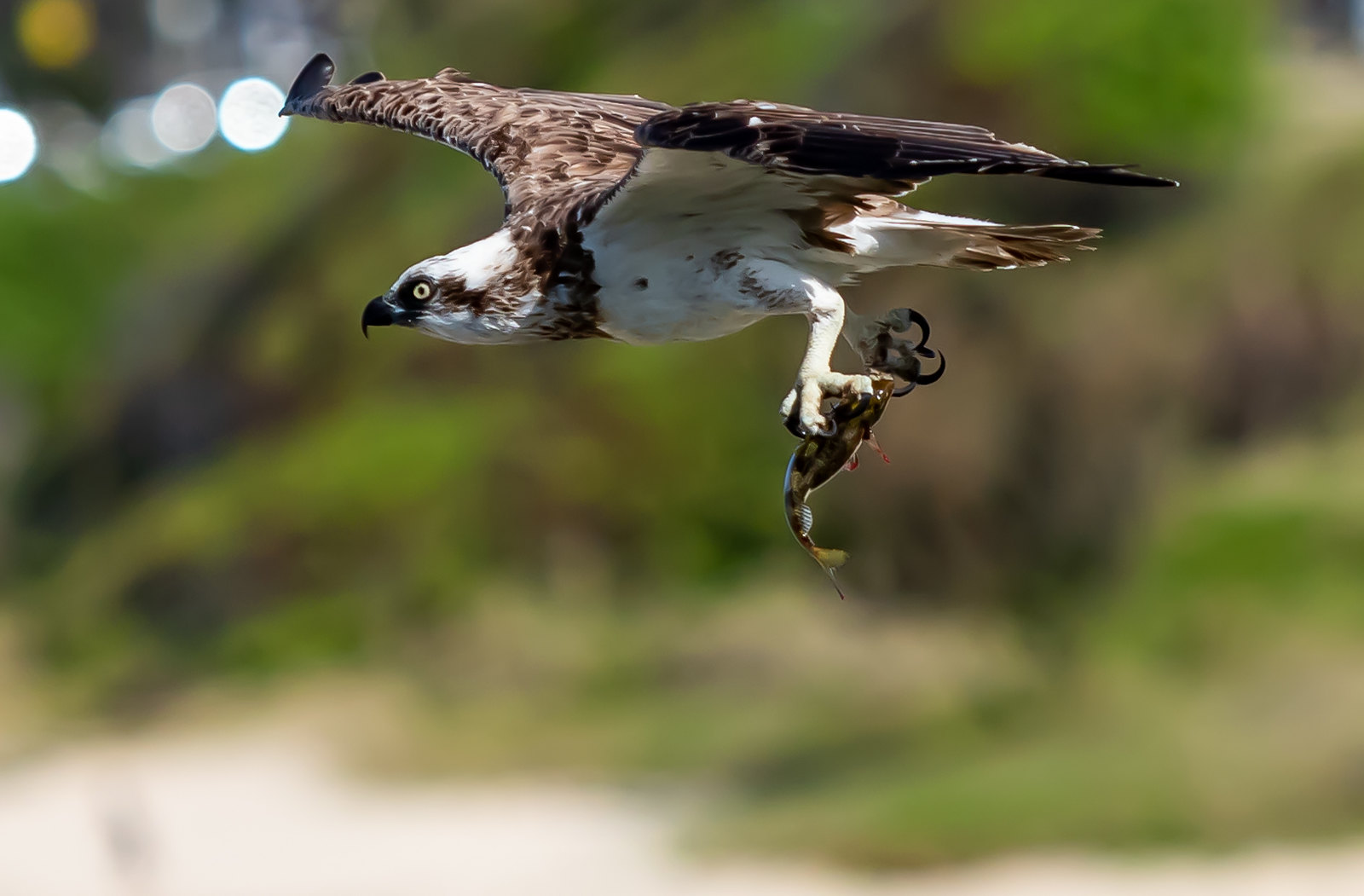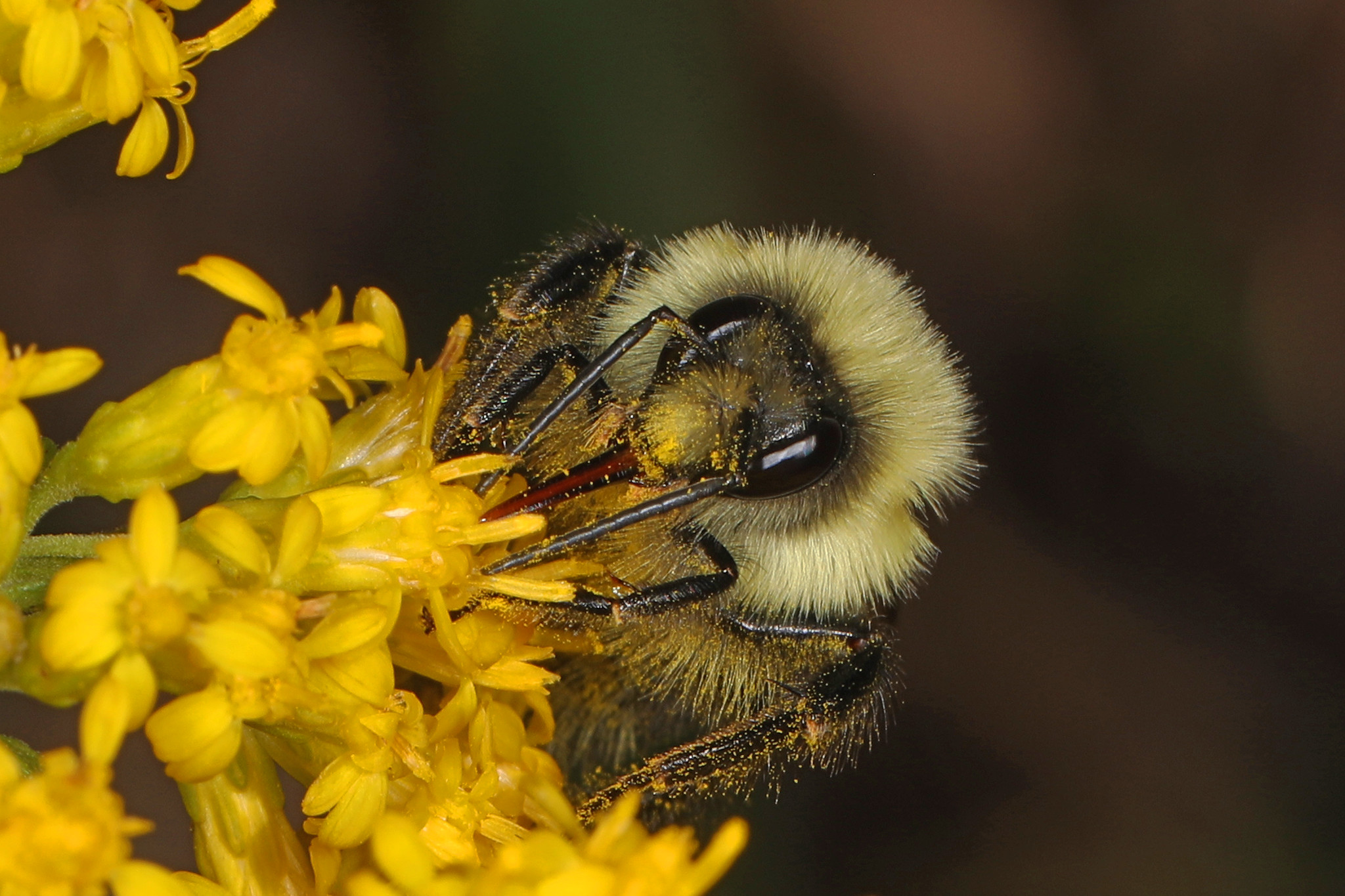Environment
Half the world’s estuaries have been altered by humans, with 20% of estuary loss occurring in the past 35 years alone as a result of urban or agricultural land expansions. Ninety percent of this has occurred in rapidly developing Asian countries, whereas very little estuary loss has been noted in higher income countries within the same period. This is because waterway alterations in these higher income countries were made many decades prior during their own urban development stages. With much of the world now trying to undo this damage and rewild urbanised areas, countries are now investing in programmes to return these areas to wild mudflats and salt marshes which will increase climate resilience, replenish aquatic populations, reduce flood risk and aid nature’s recovery.

The introduction of new diseases via open import systems are destroying EU trees and crops, with outbreaks on the rise once again. This comes after a mutation of one of the major killers of Olive trees in Italy, Xylella fastidiosa, was detected in America and is now wiping out US vineyards alongside its Italian counterparts. New data has revealed that an average of 70 foreign plant diseases were introduced to the EU between 2015–2020, despite legislation being enforced to prevent their spread in 2016, and scientists are holding open systems accountable. According to international protocols, only 2% of imported plants travelling through open systems are inspected for the presence of diseases, meaning that an alarming number of plant pests may be brought into the EU undetected. Although some pathogens are harmless in areas where ecosystems have evolved alongside them, they can be deadly when introduced to a new area. As global temperatures continue to rise, the problem is only likely to get worse.
Conservation
A UK study has proven that wilder gardens boost butterfly population numbers, with long, uncut grass likely to almost double butterfly abundance. This research, co-authored by the head of science at Butterfly Conservation, recorded a 93% increase in butterflies in gardens within farmed landscapes who did not cut their lawns, while gardens in urban areas noted an 18% rise in population numbers. These wilder habitats attract species whose caterpillars live and feed on the grass, provide greater quantities of nectar that are necessary for butterfly survival, and create important breeding habitats, which subsequently increases population numbers. The study advises that long grass should be left until late September or early October before cutting as some species require longer grass nearly all year round.

Music featuring the sounds of nature earn royalties that will be donated to environmental causes. This new initiative, launched by the Museum for the United Nations, will recognise nature as an official artist on major music streaming platforms. A share of the royalties earnt when these songs are played will be donated to environmental causes and initiatives who are working hard to protect nature for the future. Nature itself will also have its own artist page on Spotify which will showcase ambient recordings of nature’s sounds, with 70% of the profits from these tracks funding conservation programmes.
The south coast’s only breeding Osprey pair have laid a fourth egg. These birds became the first nesting Ospreys on the south coast for 180 years after their reintroduction seven years ago. They returned to Poole Harbour in late March after their migration to West Africa and laid their first egg on the 15th April 2024. As female Ospreys usually only lay 3 eggs due to the challenges of feeding 4 young, researchers were surprised to find a fourth, but due to the exceptional job the pair did while caring for 3 chicks in 2023 they have high hopes for success this season.

Discovery
Common Eastern Bumblebee queens have adapted so they can survive underwater for up to a week during hibernation, which is thought to be responsible for the species’ continual population stability, despite a third of all other bumblebee species currently in decline. This study was conducted as a result of water leaking into containers housing hibernating queens; results revealed that over 80% of the bees survived when submerged for up to seven days. Scientists noted that these findings are unusual as most overwintering insects cannot cope when submerged in water. However, it is hoped that this flood tolerance will help the species continue to thrive in the wild.

The largest snake that ever lived has been discovered in Western India, measuring up to 15m long and weighing a tonne. The fossil of the Vasuki indicus snake was discovered in a mine in western India and included 27 vertebrae, a few of which remained in the correct anatomical position. Scientists concluded that it would have lived in marshy swamps around 66m years ago during the Cenozoic era and, due to its size, it would have been a slow-moving ambush predator who attacked its prey through constriction.

